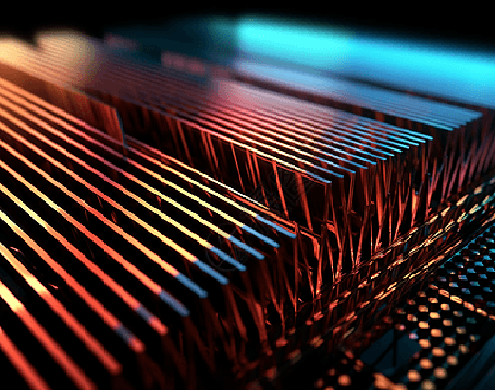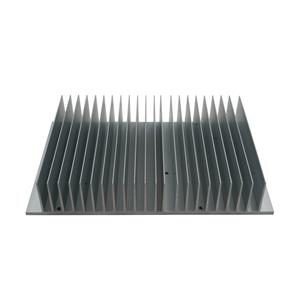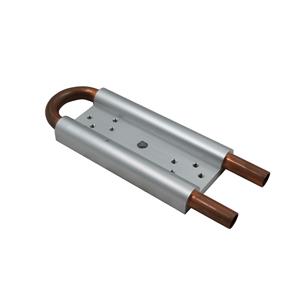Laptop Heat Sinks and Heat Management

Innovative Thermal Technology Redefines Laptop Heat Sinks Performance
As laptops become increasingly powerful, thermal management has become a key area of innovation. Advances in thermal management technology are enabling thinner, quieter, and more powerful laptops, reshaping user expectations for portable computing devices. Breakthroughs are addressing long-standing issues of overheating, noise, and design limitations, enabling devices to maintain higher performance while remaining cooler and quieter.
Heat from the CPU, GPU, and SSD:
The components on a laptop's circuit board are densely arranged and connected by copper wiring, which inherently generates heat. Of the electronic components inside a computer, the CPU, GPU, and SSD generate by far the most heat.
CPU (Central Processing Unit) Heat Sources:
The CPU is a big computer, and it performs the majority of calculation tasks. The main source of energy consumption is the core of self-calculation. A large amount of heat is produced by the production. The amount of heat generated by the three types. Cooling method for CPU: Wind cooling: Heat pipe direct CPU's heat flow quickly to the large metal heat dissipation piece, wind fan passing through the air to blow the heat flow, general heat flow. Water cooling: Amount of heat absorbed by liquid during cooling process.
GPU (Graphics Processing Unit) Heat Sources:
GPUs are processors specifically designed for parallel graphics computing and possess thousands of cores.Cooling Methods: GPU cooling typically utilizes pre-installed cooling solutions, with air cooling being the dominant method.These utilize large heat sink fin modules, multiple heat pipes, and multiple fans to directly dissipate heat from the GPU core, video memory, and VRM. Split-type water cooling offers the best cooling performance. GPU cooling requires a smooth airflow to prevent heat buildup in the GPU, which can affect performance and lifespan.
SSD (Solid State Drive) Heat Sources:
The controller is equivalent to the SSD's CPU, responsible for data scheduling, wear leveling, garbage collection, and other tasks. The main control chip heats up rapidly under heavy read and write loads, becoming the primary heat source.Cooling Methods: Motherboard-integrated cooling: Currently, the standard configuration for mid-range and high-end motherboards is a metal heat sink with a thermal pad on the bottom, secured to the top of the SSD. This utilizes the metal's thermal conductivity for passive heat dissipation. Alternatively, an active heat sink with a miniature fan may be used.
In addition, the upper limit of the working temperature of the CPU, GPU and SSD will not exceed the demand, the heat dissipation management solution will not be connected to the surrounding power container or other equipment.




